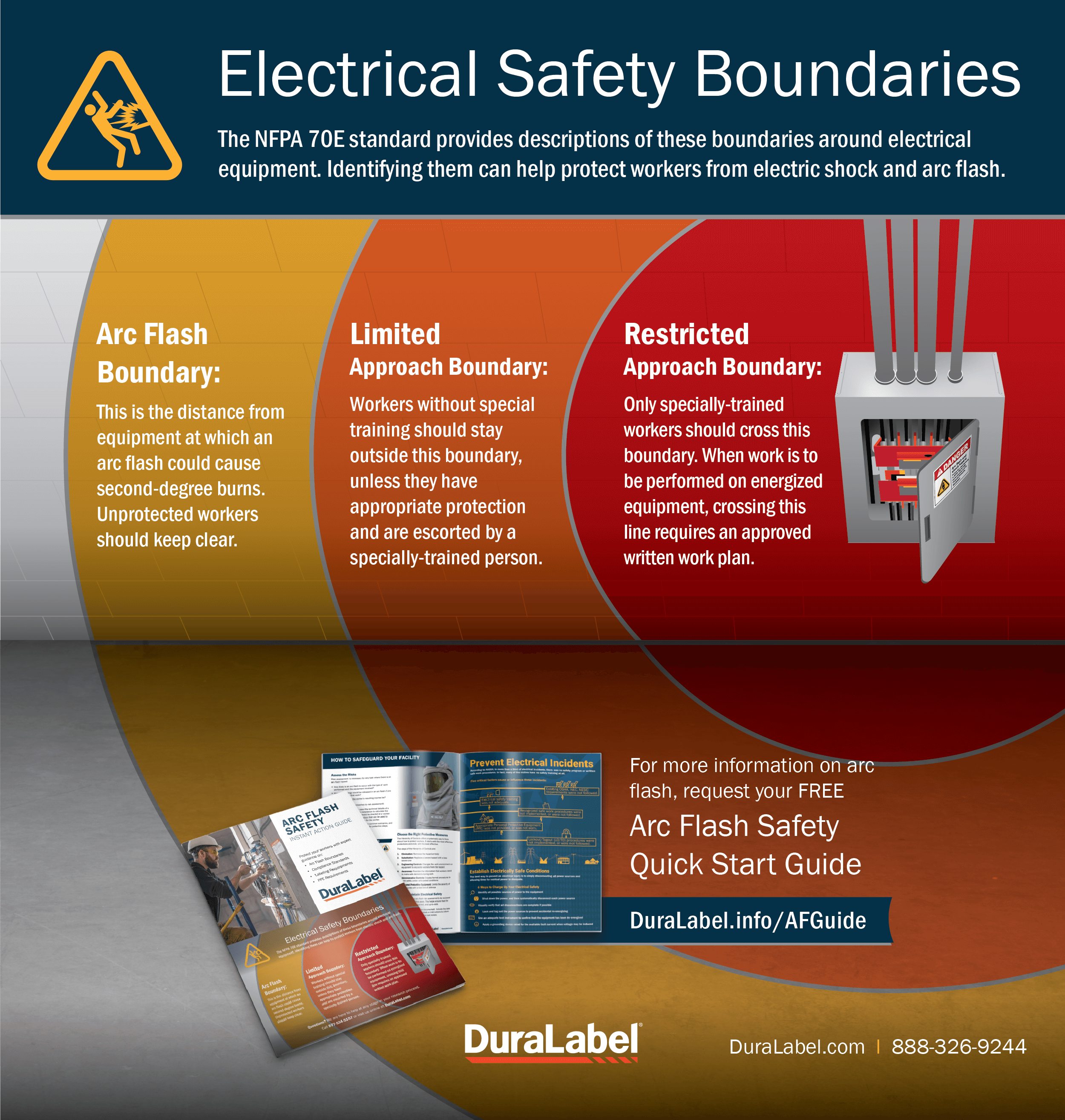Electrical injuries at work are a serious issue, even though the number of associated fatalities has steadily decreased over the last few decades. Who's at risk of these injuries, and what's the cost? This infographic dives into the details from a collection of studies, highlighting major trends in electrical injuries.
.png)









